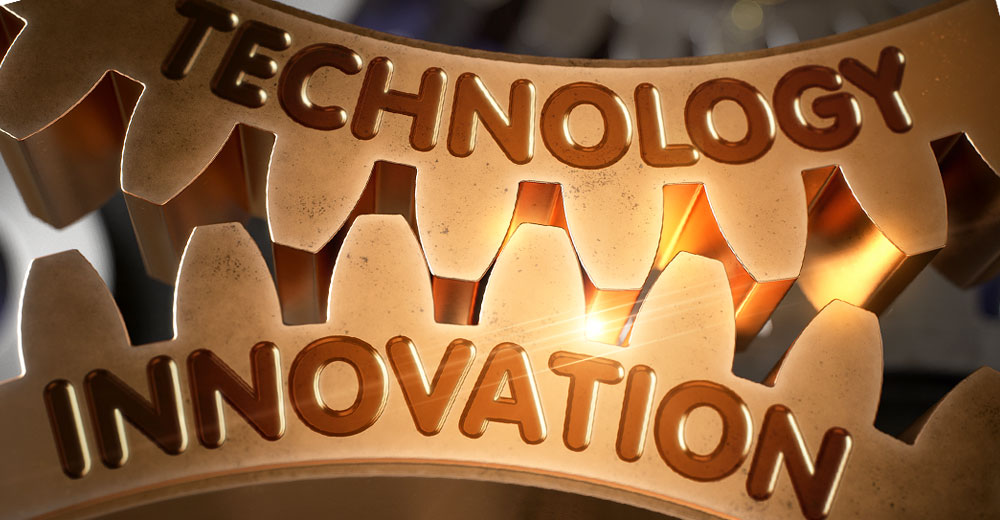We’re at a turning point in business, technology, and society, and I don’t think there’s been anything quite like it since the 1960s.
I can’t get into everything in one column, but what impresses me so far is how stately this revolution has been. If you think these days are chaotic, all I can say is you should have been around in 1968. My only disappointment today is the music. Sorry, but I knew the Beatles, Motown, and folk rock.
The thing that grabs my attention, at least in tech, is that we’re not exactly throwing everything away and beginning again with a blank slate.
The mini-computer era started that way in the late 60s. Although mini stood for smaller and less cumbersome than a mainframe, the cultural upheaval brought by companies like Digital Equipment Corporation, Data General, and Wang upset everyone’s apple carts.
Suddenly, we had the ability to bring computing power much closer to where it was needed; that was when we first added statistical controls to making things. The result was that we made things better and satisfied more customers in the process.
Perhaps we are not throwing everything away now because there’s really nothing to discard. Today’s revolution is toward artificial intelligence, which is like nothing that came before, so we are actually starting from scratch anyway.
Legacy Tech Companies Reinventing
Most interesting to me is that a small cluster of businesses from about the mini-computer era are reinventing themselves as they have in almost every decade since they were founded.
My list includes HP, IBM, Microsoft, and Oracle, though a few others, like Salesforce, are in the same boat. Salesforce seems to reinvent itself on a whim and has for 25 years.
So, why is this important? After all, Schumpeter and Kondratiev long ago articulated the boom-and-bust cycle, which Schumpeter famously described as creative destruction.
It’s important because true inflection points are infrequent. I just referenced 1968, but I’ll bet that most people reading this were either too young to remember that year or weren’t even born yet. That’s one of the reasons that major changes seem so chaotic and disturbing — they are so far apart in time that few people have a memory to compare to the present.
Science to Engineering: Transforming Challenges
I am nearing the end of my career, so I have an interesting perspective because I can see a whole cycle, which provides some perspective few of us have. Perhaps the most salient part of that perspective is the comforting realization that there are vanishingly few truly hard problems.
Hard problems involve science, often including developing new science. Most of our problems are engineering problems. Science shows the way, and engineering levels the road, making it possible for all to pass. Unlike other eras, so much science is available today that we can spend most of our attention on engineering.
Cloud computing was a science problem until Amazon, the bookseller, figured out how to host millions of shoppers simultaneously. That cleared the way for Salesforce and a small cadre of innovative companies to invent cloud computing.
It does not diminish the founders of SaaS to say they solved an engineering problem rather than one of science. Most early entrants failed to understand that although the technology was revolutionary, the changes to business were even more so. Early entrants also had to solve an economic/finance/business model problem in the process.
CRM Leading Through Innovation
We should linger here over the idea of solving engineering problems because much of the stasis I see in the world stems from not tackling engineering problems. CRM seems to be an exception; we revel in solving problems, and it shows. There is no finer place to work than in CRM.
Solving the engineering problems associated with CRM has improved life in many ways. Of course, it has created jobs, and those jobs have generated literally trillions of dollars worth of economic activity. The follow-on impacts are incalculable.
So here we are at the beginning once again. The field is wide open, and there are new fortunes to be made as we take on the latest engineering challenges. There will be successes and, unfortunately, setbacks along the way. But as long as we continue striving to solve the engineering problems before us, we’ll be more than fine.
The only real failure would come from saying something is too hard, or it’s not worth doing. Since the Industrial Revolution, no successful entrepreneur ever said that.






















































